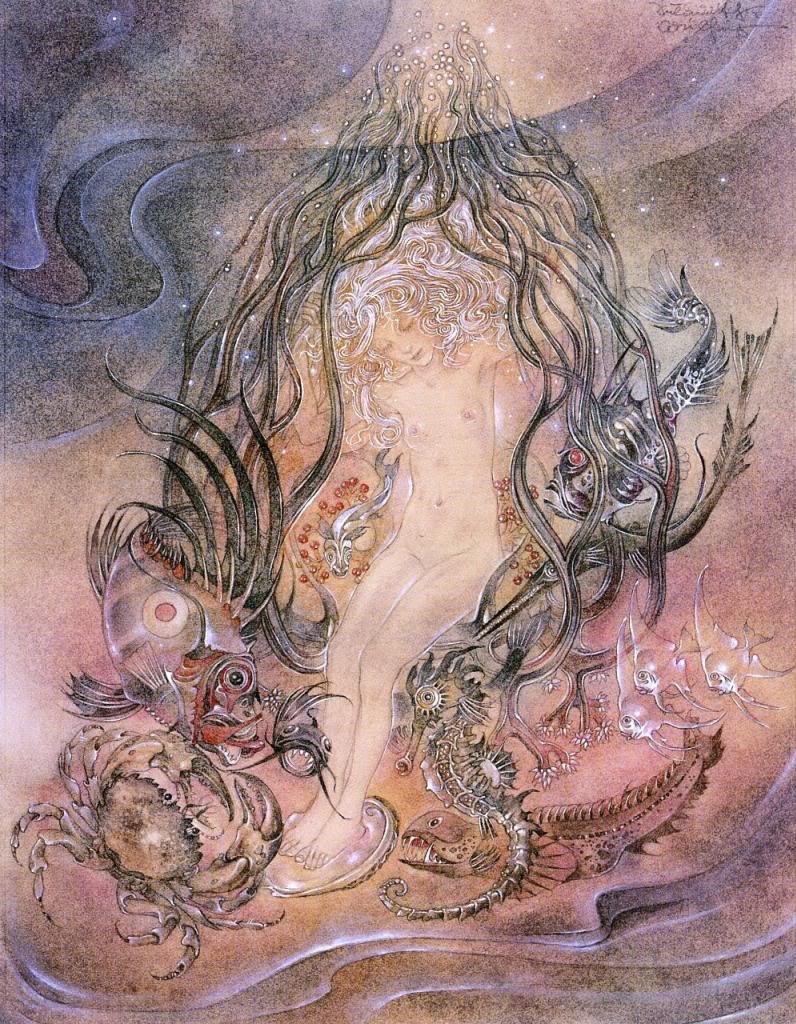
A sweet little poem giving hope to grieving hearts, from Shoes of the Wind, Hilda’s second collection. CONTINUE READING / CONTINUER LA LECTURE…

A sweet little poem giving hope to grieving hearts, from Shoes of the Wind, Hilda’s second collection. CONTINUE READING / CONTINUER LA LECTURE…
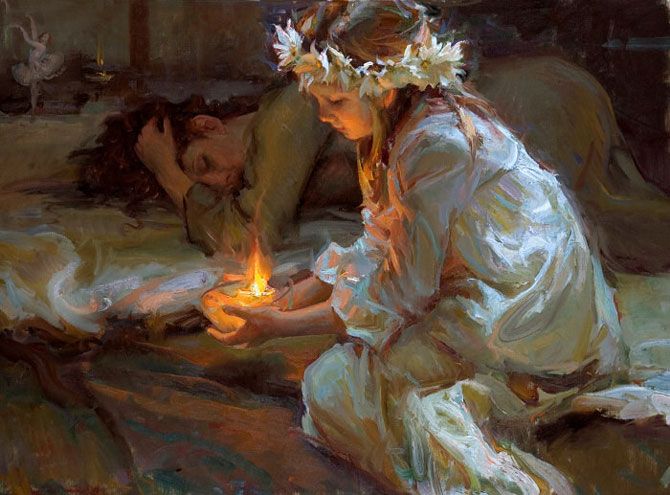
I present here a tender and affectionate poem written by an unknown contemporary poet, born around 1947. Any information about the poem and the author, in particular a bibliographical source for the poem, is welcome. CONTINUE READING / CONTINUER LA LECTURE…
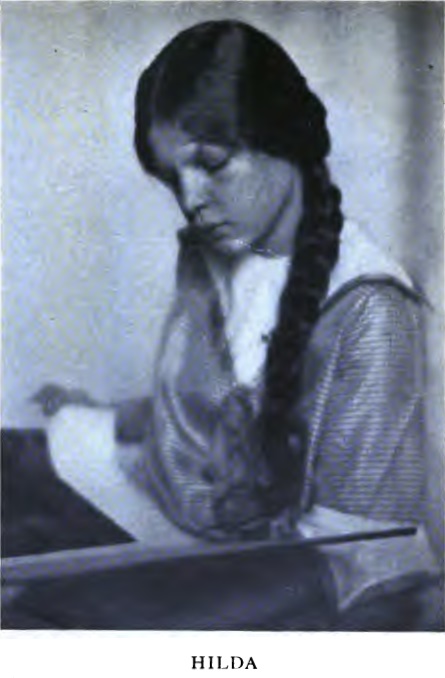
Two years after Poems by a Little Girl in 1920, Hilda Conkling published her second book of verses: Shoes of the Wind, A Book of Poems. She was 12 years old when the book appeared, and the poems in it were probably written between the ages of 9 and 12. They show a great maturity, with a literary style generally close to that of adulthood. On the other hand, they seem more conventional than her early works in the first volume, where she could as a child let her imagination flow unfettered. CONTINUE READING / CONTINUER LA LECTURE…
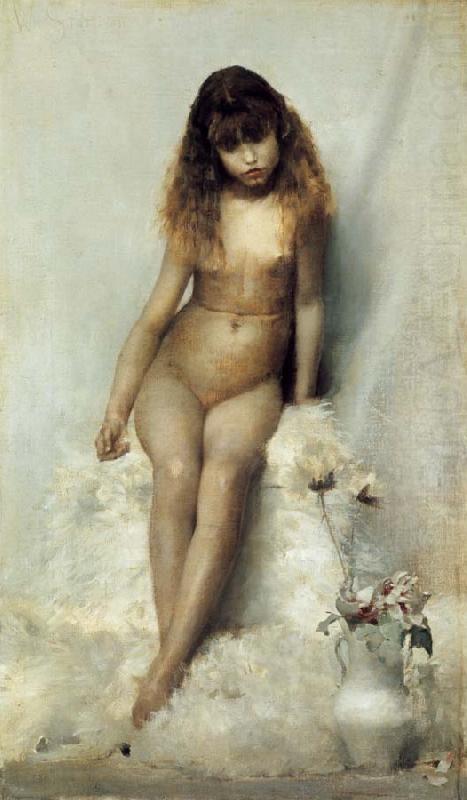
En août 1847, Baudelaire eut une liaison avec Marie Daubrun, née en 1827 sous le nom de Marie Bruneau. Plusieurs poèmes de son recueil Les Fleurs du mal lui sont consacrés, dont celui-ci, où il la décrit comme une jeune adolescente, à la fois enfant et femme. On notera que les trois premières strophes sont répétées dans les quatrième, septième et dixième. CONTINUE READING / CONTINUER LA LECTURE…
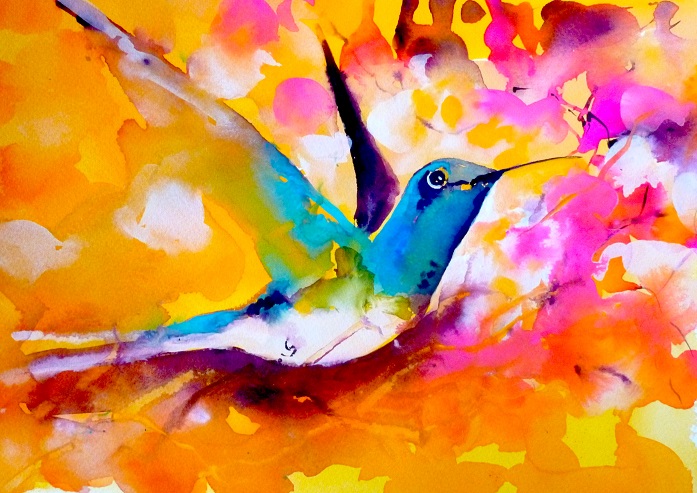
The fourth part of Lava Lane, and Other Poems (1925), titled Saints and Reformers, contains six poems. Three of them explicitly mock religion. “Sunday Morning” tells of God’s activities at that moment, such as “Counting the Yiddish babies” or “Waving the popcorn scepter,” and finally “God, on a Sunday morning, / Reaching the dotage stage.” In “The Making of a Saint,” a woman dies in a garret, so “The lords of the rafters were sorry— / The spider, the moth, and the mouse,” and they manage to obtain some advantages for themselves and their garret by making her a saint. In “The Edict,” an editor advises a saint on how to write his story, so that it will be widely read. CONTINUE READING / CONTINUER LA LECTURE…
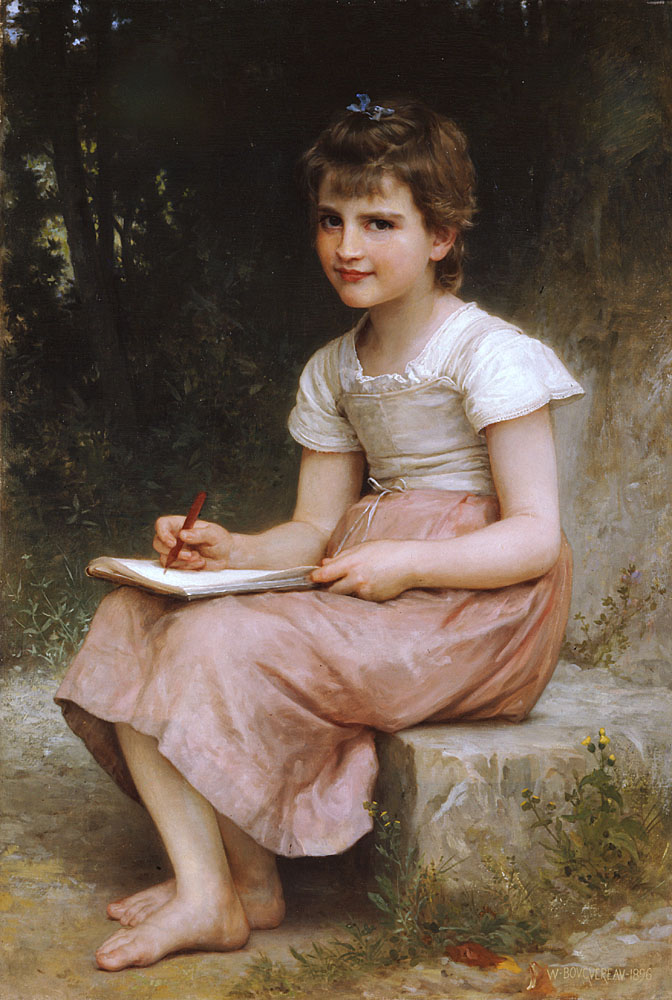
Philippine de Sivry (1775-1851), écrivaine française, publia sous son nom d’épouse, Madame de Vannoz, plusieurs ouvrages, le plus connu étant Épitres à une femme sur la conversation, ou Conseils à une femme sur les moyens de plaire dans la conversation, publié chez Michaud en 1812.
Enfant précoce, elle écrivit des poèmes dès l’âge de huit ans, et devint la coqueluche des salons parisiens. Elle attira l’attention de Choderlos de Laclos, qui lui dédia deux poèmes, qu’on retrouve dans son recueil de vers publié en 1908 par Arthur Symons et Louis Thomas. CONTINUE READING / CONTINUER LA LECTURE…
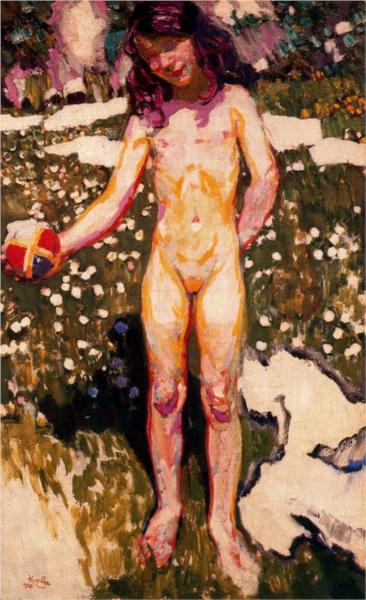
The visionary poet and painter William Blake (b. 28 November 1757, d. 12 August 1827) went largely unrecognised during his lifetime, but he is now considered a seminal figure in the history of the poetry and visual arts of the Romantic Age. In the poem “A Little Girl Lost” published in Songs of Experience (1794), he envisages a future where children and adolescents will freely enjoy nudity and love, and the religious condemnation of these pleasures will cause indignation. He would have been dismayed to notice that 225 years after publishing that poem, things have not much progressed in the Anglo-Saxon world. CONTINUE READING / CONTINUER LA LECTURE…
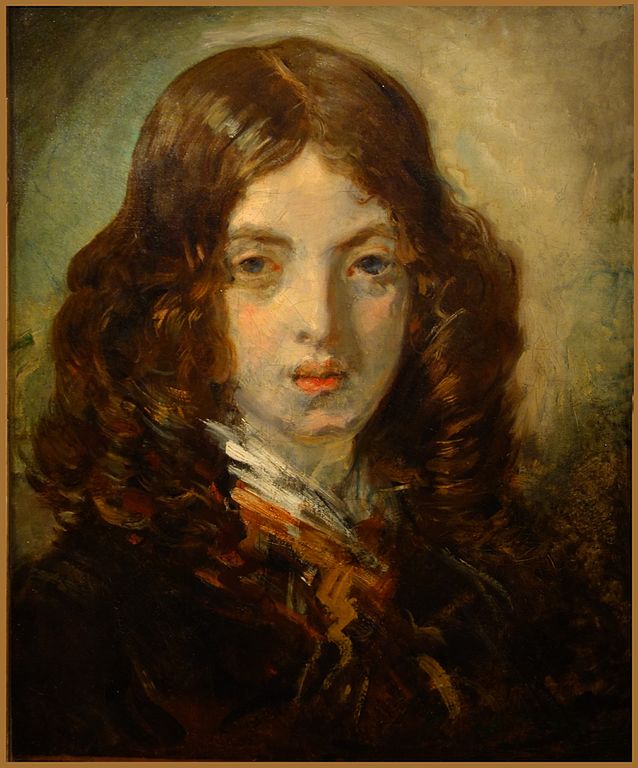
Charles Baudelaire (1821–1867) représente le prototype du “poète maudit” et il anticipe les “décadents” de la fin du 19e siècle. Son chef-d’œuvre, le recueil de vers intitulé Les Fleurs du Mal, explore l’érotisme, la débauche, le vin et la drogue, mais également le dégoût et l’expiation. La première édition, parue le 25 juin 1857, comprenait 100 poèmes (plus un non numéroté en introduction, adressé “Au Lecteur”). Le 20 août, Baudelaire et son éditeur furent condamnés pour « outrage à la morale publique », six des poèmes furent interdits, et l’édition fut saisie. Les éditions suivantes (1861, 1866 et 1868), sans ces six pièces censurées, changèrent l’ordre des poèmes et en inclurent de nouveaux. L’œuvre fut finalement réhabilitée le 31 mai 1949 par la Chambre criminelle de la Cour de cassation. CONTINUE READING / CONTINUER LA LECTURE…
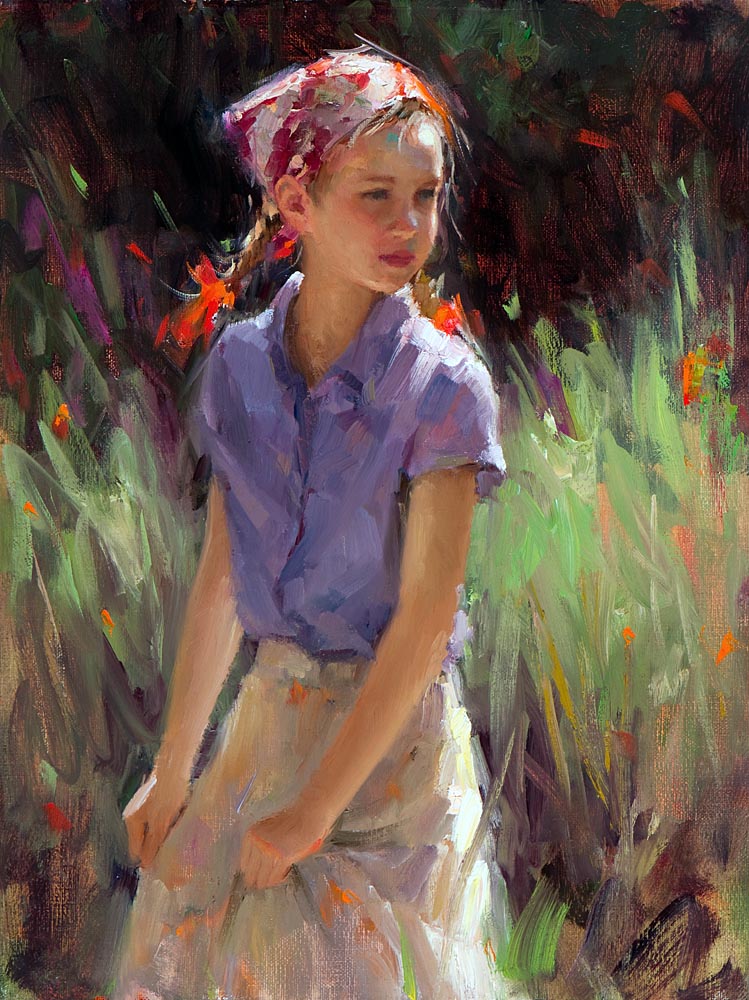
The poet’s strong arms enfold a lazy maid, fair, sweet and slender. Mystery hides in this love, as she is “Pure as the dreams, undreamt … Proclaiming things unheard … Things, whose unspoken word Is utmost secrecy.” CONTINUE READING / CONTINUER LA LECTURE…
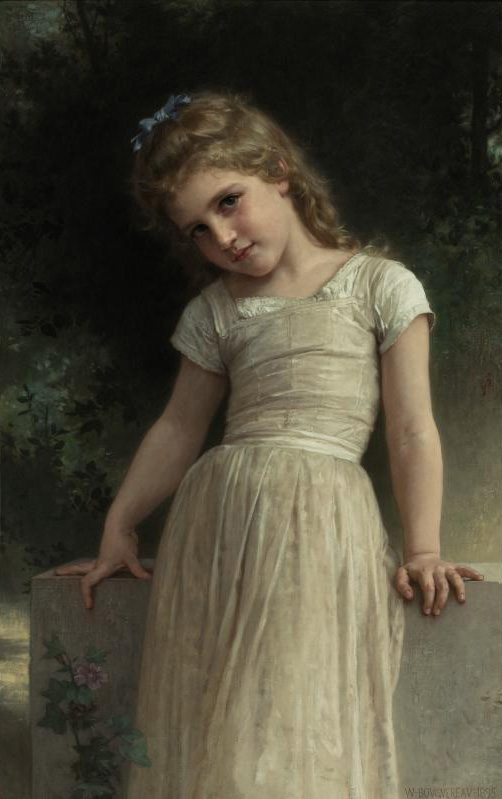
Un petit intermède coquin… un joli petit poème extrait de l’Anthologie satyrique : répertoire des meilleures poésies et chansons joyeuses parues en français depuis Clément Marot jusqu’à nos jours, publié par et pour la Société des bibliophiles cosmopolites, Tome Huitième, 1878. CONTINUE READING / CONTINUER LA LECTURE…